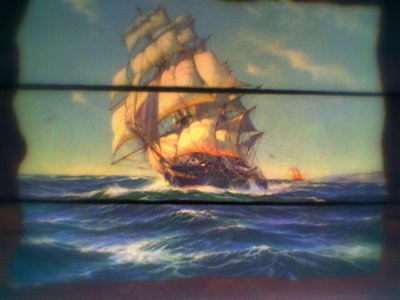A tool for the wayward

Sailors, vagabonds, travelers, and frequenters of the Internet cafe in general share a common problem. You want to use the computer (public) but find that a: your data is of course not handy, b: the applications you are used to are not there, 3: you are concerned about leaving personal info on the computer to be used for who knows what by who knows who.
A simple and elegant solution is to use a USB flash drive (512MB or larger preferred, but 256MB will work in a pinch) and install a suite of portable apps on it. That way, when you go to use a computer, you have your browser, with your preferences, and your favorites, along with your word processor / spreadsheet / whatever, along with all your documents. You can even add your own virus scanner, encryption, and security software. When you are finished, you remove your thumb drive, and Presto! it was like you were never there. You have your data with you, ready for the next adventure.
There are hundreds (thousands?) of portable apps out there, but some of the best can be found at portableapps.com.


0 Comments:
Post a Comment
<< Home